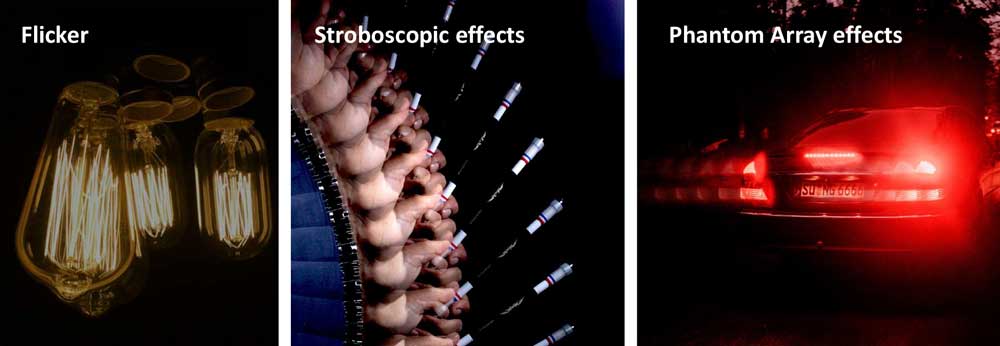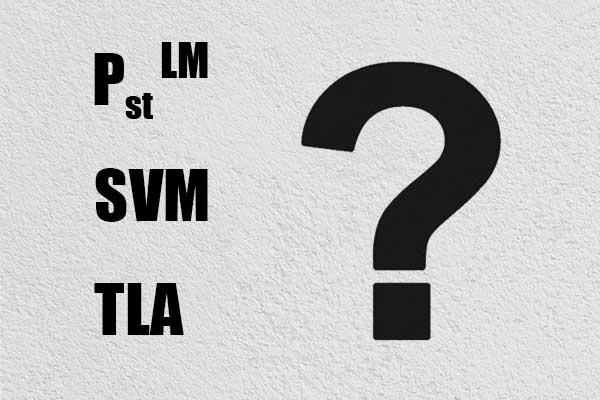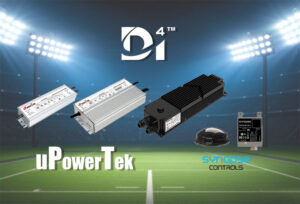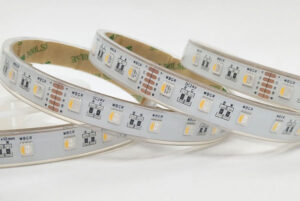Light flickering refers to the rapid and repeated variation in the intensity or brightness of a light source. This phenomenon can be visually perceptible and can cause discomfort or even health issues in some individuals. It’s important to address flicker issues, especially in environments where visual comfort and safety are critical, such as offices, homes, and healthcare settings. In the past, we only used lumen output fluctuation to describe the flickering, nowadays the concepts like TLA, Pstlm, and SVM are used for evaluating the ripple and some of them are strictly required in some big light project tenders.

Temporal Light Artifacts (TLA)
TLA refers to visual disturbances or artifacts that occur due to the interaction between the human visual system and light sources that have temporal variations in their intensity or color over time. These artifacts are typically noticeable when observing these light sources in motion or during rapid changes. TLAs can manifest in various ways and have been studied in the context of digital displays, lighting technologies, and other visual environments. Here are some common examples of TLAs:
Visible Flicker: Flicker occurs when a light source rapidly alternates between on and off or high and low level states. This can be particularly noticeable in older types of fluorescent lighting or some LED lighting that doesn’t maintain a consistent illumination level. Prolonged exposure to flicker can be uncomfortable or even induce headaches in some individuals.
Stroboscopic Effect: This effect occurs when a light source varies in intensity or color at a frequency that matches or is close to the frame rate of a camera or the human eye. As a result, moving objects may appear to move in a stilted or jerky manner. It’s often observed in the context of film and video recording.
Phantom Array Effect: This is an artifact where the human visual system perceives a grid or pattern in the presence of rapidly moving or changing lights. It can occur when, for example, a row of lights turns on and off sequentially.

Color Temporal Artifacts: Some lighting systems, especially those with dynamic color-changing capabilities (like smart lighting systems), may exhibit TLAs when transitioning between colors. Rapid color changes can cause visual artifacts or discomfort for viewers.
Temporal Afterimages: When exposed to intense or rapidly changing light sources, people may experience afterimages, which are persistent visual impressions even after the light source is removed. These can be particularly noticeable in situations with bright, rapidly changing lights.
Understanding and mitigating TLAs is important in various fields, including lighting design, display technology development, and video production. Engineers and designers aim to minimize TLAs to provide comfortable and visually pleasing experiences for users. This may involve optimizing the temporal characteristics of light sources, improving frame rates, or using anti-flicker technologies.
The traditional ways to describe TLA is talking about ripple without the factors like frequency, object moving speed or human visual sensitivity until the concepts of Pst LM and SVM are generated.
| Temporal light artifact (TLA) | Frequency | Light Source | Human Eye | Related Parameter |
|---|---|---|---|---|
| Flickering | 0-2kHz | Static | Static | Modulation Depth (MD) and Flicker Index (FI) |
| Visual Flicker | 0-80Hz | Static | Static | PstLM |
| Stroboscopic Effect | 80-2kHz | Dynamic | Static | SVM |
| Phantom Array Effect | 80-3kHz | Dynamic | Moving | Researching |
| Color Temporal Artifacts | 80-3kHz | Dynamic | Both | Researching |
| Temporal Afterimages | 80-3kHz | Dynamic | Both | Researching |
Short Term Light Modulation Indicator (PstLM)
According to IEC/TR 61547-1 and IEC 61000-4-15, PstLM measures low frequency flickering and it takes human brain demodulation and brain-filtering sensitivity into consideration. Here is the equation which gives the value of PstLM:

Stroboscopic Visibility Measure (SVM)
According to IEC TR 63158, SVM assesses the strobe effect of dynamic light source with the frequency range of 80-2kHz, taking human perception capabilities into consideration. Here is the equation which gives the value of SVM:

Requirements of PstLM and SVM
- According to NEMA77 (2017 Temporal Light Artifacts: Test Methods and Guidance for Acceptance Criteria)
| Parameter | Indoor | Outdoor |
|---|---|---|
| PstLM | ≤1.0 | ≤1.0 |
| SVM | ≤1.6 | – |
- According to Commission Regulation (EU) 2019/2020:
| Parameter | Limit | Testing Condition |
|---|---|---|
| PstLM | ≤1.0 | 100% Load |
| SVM | ≤0.4 | 100% Load |
Measurements of PstLM and SVM
Here are 3 of the testing device suppliers:
Summary
PstLM and SVM are 2 new concepts for evaluating TLA though LED industry is relatively measure today. Understanding and measuring them correctly will greatly improve the light performance and quality. However, there are still a lot of work to move on with different LED light applications with dynamic environment and moving observers. uPowerTek is always in line with the latest industry requirements and provide the suitable products to the market.
Reference Documentations:
(Please contact with us for those documentation)
1. IEEE Std. 1789-2015 – IEEE Recommended Practices for Modulating Current in High-Brightness LEDs for Mitigating Health Risks to Viewers
2. Signify – Flicker (Pstlm) and Stroboscopic effect (SVM) – Light Measurements in Photometrical Laboratories. Signify developed setup and validation method.
3. Clasp – Temporal Light Artefacts (Flicker) A Quality Requirement for GSLs
4. Viso Systems – Flicker and stroboscopic effects– measurements made easy





